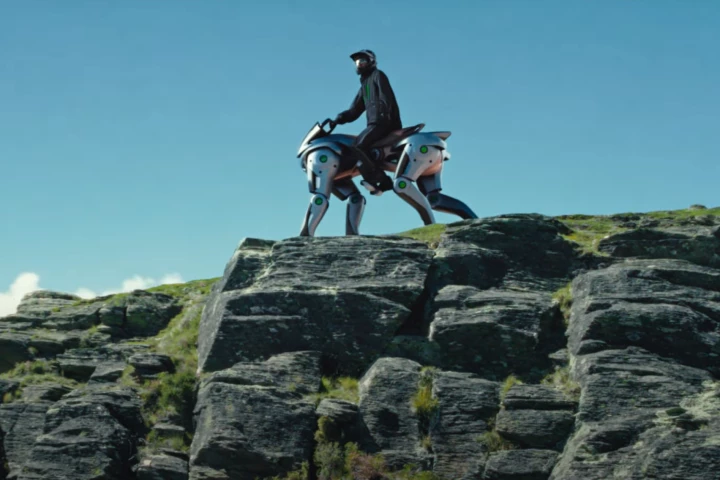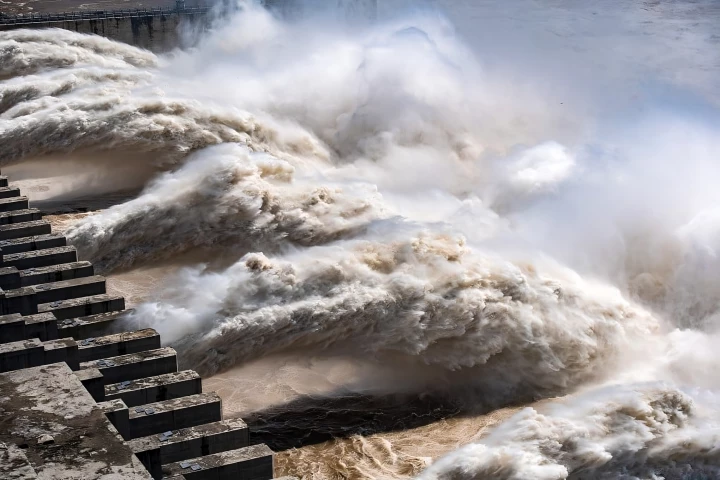The Spitzer Space Telescope was finally decommissioned on January 30 this year, after more than 16 years in operation. Now NASA has released the infrared observatory’s last-ever mosaic image, giving us a glimpse into how Spitzer’s vision works and revealing new features of a stunning nebula.
This final image was snapped on January 25, 2020, five days before Spitzer was shut down. In that last week, the science team chose the California Nebula as a target because the telescope had never studied it before, and it would most likely be able to see some kind of new features.
The California Nebula is a cloud of gas about 1,000 light-years from Earth that’s traditionally difficult to image. It glows faintly in visible light thanks to its gas being heated by energetic stars nearby. But Spitzer’s infrared eye revealed that there’s thick, soot-like dust mixed with the gas, which absorbs visible and ultraviolet light and then emits that energy in infrared.

But perhaps the most interesting about the image is that it demonstrates just how Spitzer sees the sky. Since 2009, the space telescope has used two detectors at once, each capturing different wavelengths of infrared light. One detector imaged light in wavelengths of 3.6 micrometers, as seen in cyan, while the other captured 4.5 micrometer wavelengths, as seen in red, allowing the different detectors to spot different features. These are then combined into one multi-wavelength mosaic, as seen in the grey section in the center of the image.
For the rest of the last working week of its life, Spitzer studied the zodiacal dust. This cloud of debris floats around the solar system and represents all that’s left from asteroids colliding and comets evaporating. This dust is hard to study from Earth, but Spitzer’s distant trailing orbit gives it a much clearer view.
With Spitzer retired, NASA now has over a year before its replacement, the James Webb Space Telescope, comes online in 2021.
Source: NASA JPL





